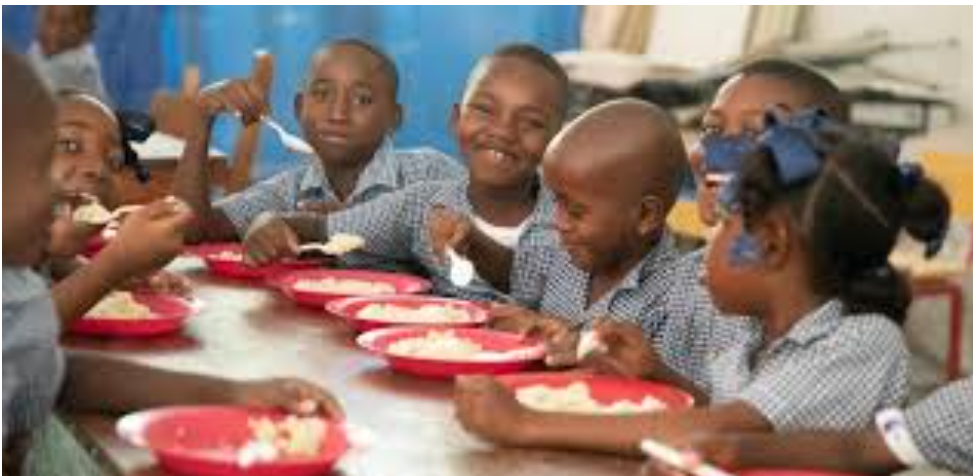A new United Nations report has revealed that school meals programmes have become the largest social safety net in the world, with nearly 80 million more children now benefiting compared to 2020. The flagship biennial report, The State of School Feeding Worldwide, released by the World Food Programme (WFP), shows a 20 per cent increase in just four years, bringing the global total to no fewer than 466 million children.
The WFP said national governments are driving this expansion, prioritising children’s health and education. Nigeria, for instance, recently relaunched its school feeding programme, targeting 10 million children nationwide. However, the country’s effort has been dogged by controversy, especially during the administration of late President Muhammadu Buhari, when then Humanitarian Affairs Minister, Sadiya Farouq, claimed to have spent over N500 million feeding pupils during the COVID-19 lockdown.
Globally, the growth is fastest among countries in the School Meals Coalition, a network of over 100 governments hosted by WFP and backed by 140 partners. Two out of every three newly reached children are in coalition member states. Since 2020, the number of countries with national school meals policies has nearly doubled, rising from 56 to 107.
Africa is at the forefront of this surge, with 20 million additional children fed in Kenya, Madagascar, Ethiopia, Rwanda, and beyond. Low-income countries recorded the sharpest rise, increasing the number of children reached by 60 per cent over the past two years.
WFP Executive Director Cindy McCain described school meals as more than food, calling them “a pathway out of poverty and into a new world of learning and opportunity.” She praised governments for investing in what she called one of the smartest and most cost-effective programmes for health, education, and long-term prosperity.
Funding has more than doubled globally, rising from $43 billion in 2020 to $84 billion in 2024, with 99 per cent now coming from national budgets rather than foreign aid. Experts say this shift signals a new era in which school meals are recognised as public policy tools for national development. However, WFP warned that low-income countries still struggle with limited resources, putting progress at risk.
New evidence also showed that school meals directly improve learning outcomes, boosting maths and literacy skills, and often proving more cost-effective than teacher training or technology inputs. Beyond classrooms, the programmes support local economies: feeding 466 million children generates 7.4 million cooking jobs worldwide, alongside farming, logistics, and supply chain employment.
The report noted that women and girls benefit the most—girls gain better education and health outcomes, while women are empowered through jobs in cooking and food supply.
The second School Meals Coalition Global Summit will take place in Brazil from September 18 to 19, where leaders will review progress and mobilise more action.
For every $1 invested in school meals, the report estimated, between $7 and $35 in economic benefits are returned—a clear sign that what starts as a plate of food can ripple out to shape healthier children, stronger communities, and more resilient nations.

